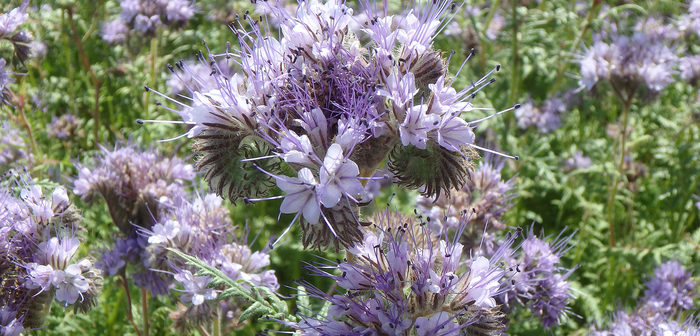Establishing a cover crop to help restructure soils may be a better option this year than trying to drill a spring cereal on some of the heavier waterlogged clay land.
So says ProCam agronomist Ian Jackson, who adds that this strategy would also present an opportunity to reduce levels of black grass where that is a problem.
“There are certainly going to be situations where we should question the viability of a late spring cereal,” he says. “There is a risk that these late drilled crops will face further set-backs as soils dry out, creating very difficult conditions for establishment. Such circumstances will present opportunities for black grass to flourish where there is a lack of competition from the spring cereal.
“However, doing nothing is not an option, as we know from the set-aside years how uncropped heavy land can result in the rooting layers becoming airless and plasticine-like. The default for many in these circumstances is to plough, but experience tells us that the sub-layers tend to remain too wet, with soil compressing onto the mouldboard and drying out like bricks, creating significant difficulties in future seedbed preparation.
“The best solution in many cases will be to sow a cover crop and use this extraordinary year as an opportunity to restructure soils and reduce black grass populations.”
Mr Jackson says cover crop mixtures should be comprised of manageable species, and that seed rate is an important factor in the success of this strategy.
“All too often cover crops are sown at too high a seed rate, becoming too dense and difficult to manage, or drying out the soil excessively so that later cultivations become problematic and expensive.
“The aim should be to establish around 10 to 15 plants per square metre of dense rooting species, where roots will penetrate the top 15cm of the soil before any dry spell sets in. Species such as phacelia or mustard will provide the root mass whilst having a relatively easily managed top growth, but avoid mustard if rape is in the rotation.
“The cover crop will dry out this top layer and roots will become trapped, so when conditions allow it’ll be necessary to run through with a low disturbance tine, lifting this layer and allowing the cover crop to re-root into what was the wet airless layer.
“A second pass at 25cm will be needed when the crop has removed enough moisture to allow a tine to cultivate without smearing the structure at this depth.”
For those on high magnesium clay, Mr Jackson recommends applying gypsum at this stage to help the soil structure. This will start breaking down the chemical bonds in the soil and begin the process of creating a seedbed for the autumn.
In most cases, Mr Jackson says the cover crop can be left standing and drilled through, though in some cases there are benefits to be derived from chopping and incorporating the residue into the top 10cm.
“There’s no blueprint for success after a year like we’ve just had, but we can draw on experience and take the opportunity to start repairing the soil.”




